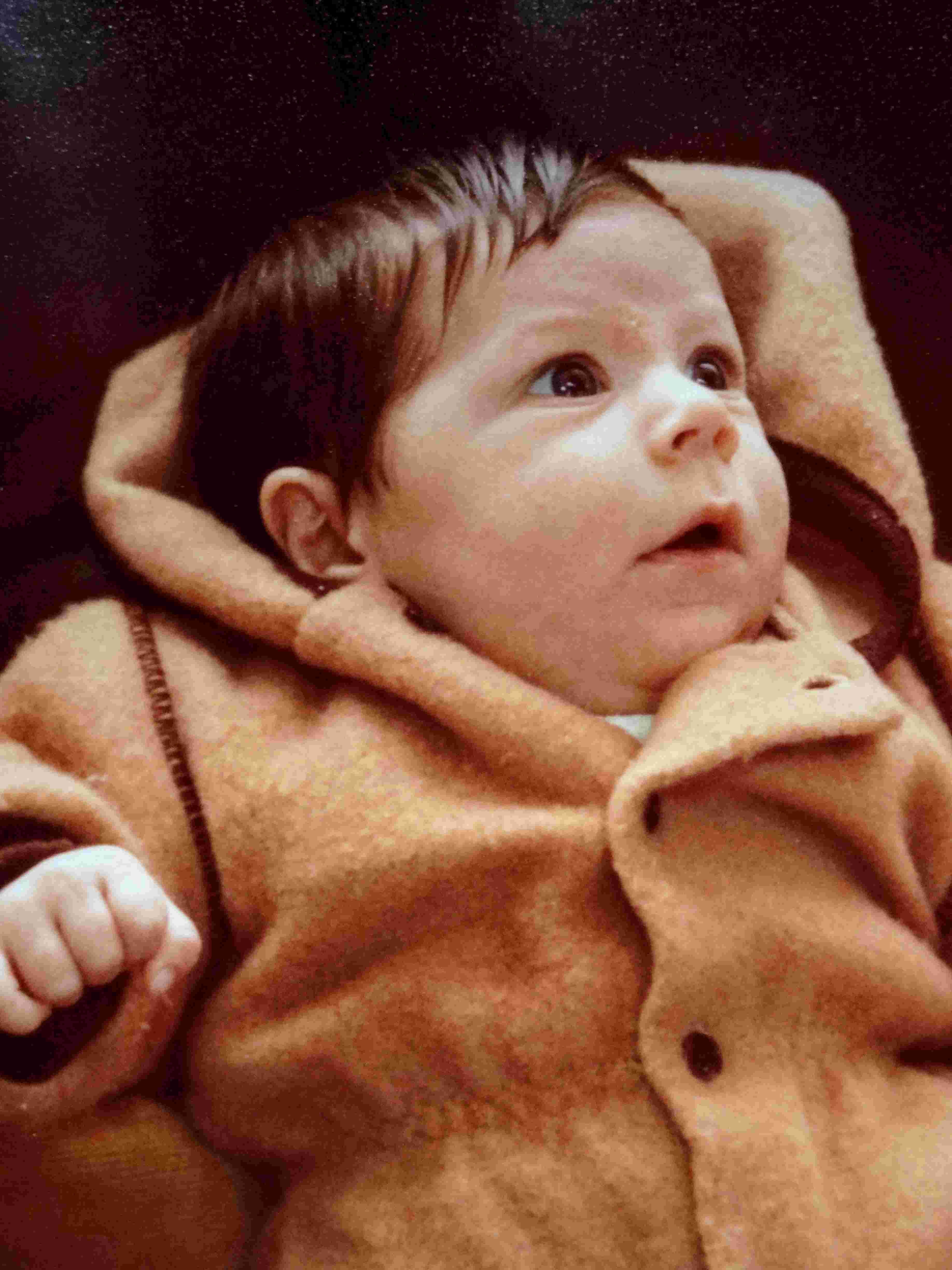New research has shown that a baby's brain structure is correlated with language development five years later. From inside the womb, newborns acquire information both from their environment and the adults taking care of them, quickly learning how to communicate through sounds, giggles, cries, and many other kinds of baby talk.
The purpose of the study was to determine if children's language skills are shaped by their brain development during infancy, and how much they are influenced by their environment and experience. To answer it, a Boston University researcher has taken a close look at the link between babies' brain structure and their ability to learn a language, and how important is the role of the environment in this process.
The brain's organizational pathways, known as "white matter" are the connectors between the billions of human neurons called "gray matter" - that comprises the brain tissue. According to Jennifer Zuk, a Boston University neuroscientist and speech pathologist who led the study, “A helpful metaphor often used is: White matter pathways are the ‘highways,’ and gray matter areas are the ‘destinations’.”
The more people do a certain task, such as learning a new language, the stronger and efficient the pathways become in the concerned areas of the brain, allowing information to flow better along the white matter highways. Recent discoveries have revealed that white matter develops most quickly within the first two years of life.
Researchers have long known that the environment plays a considerable role in shaping language skills. However, many questions remain regarding how babies learn to communicate and whether nurture or nature is more dominant in the makeup of white matter.

Picture: Baby Alan (ChildUp.com)

